Trees and other plants, like all living things, are made up of carbon. But when forests are cleared or burned, much of that carbon ends up in the atmosphere — similar to burning fossil fuels. This carbon changes the planet’s climate and contributes to rising temperatures, stronger storms, more severe droughts and rising sea levels.
Deforestation is a significant contributor of climate change-causing greenhouse gases. Studies indicate that tropical deforestation accounts for up to 15% of net global carbon emissions each year.1 That’s about the same as every car, truck, bus, plane, ship and train on the planet combined.2 That’s because nearly 70,000 acres of tropical forest are lost every day 3. But if you prevent deforestation, all that carbon remains safely stored away in the forests. So by protecting forests, Rainforest Trust prevents deforestation — and by doing so, prevents emissions.
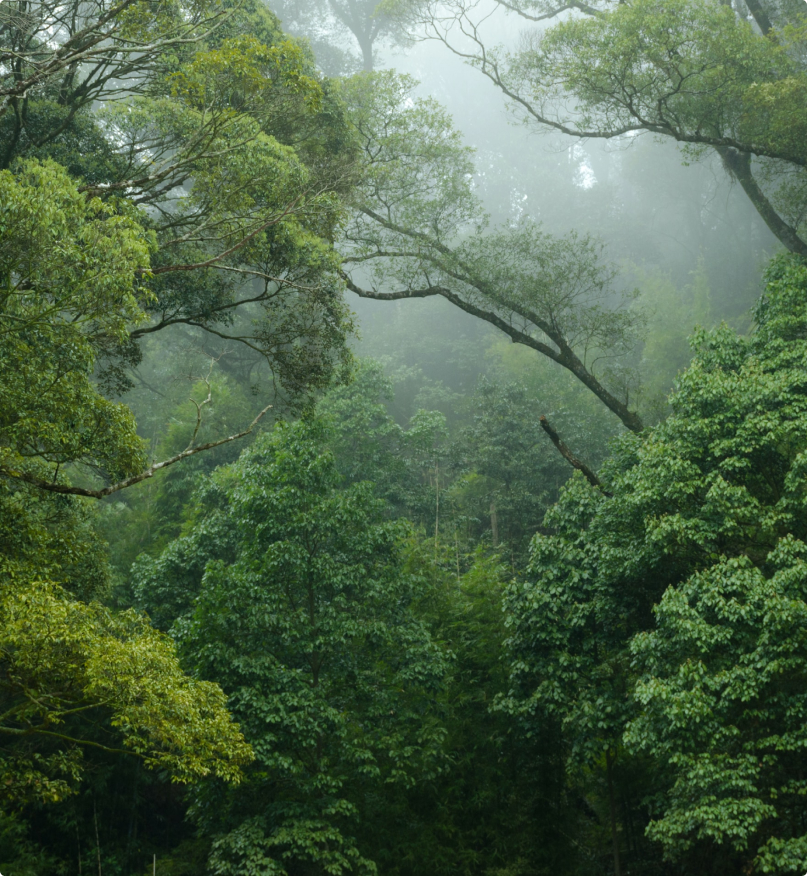
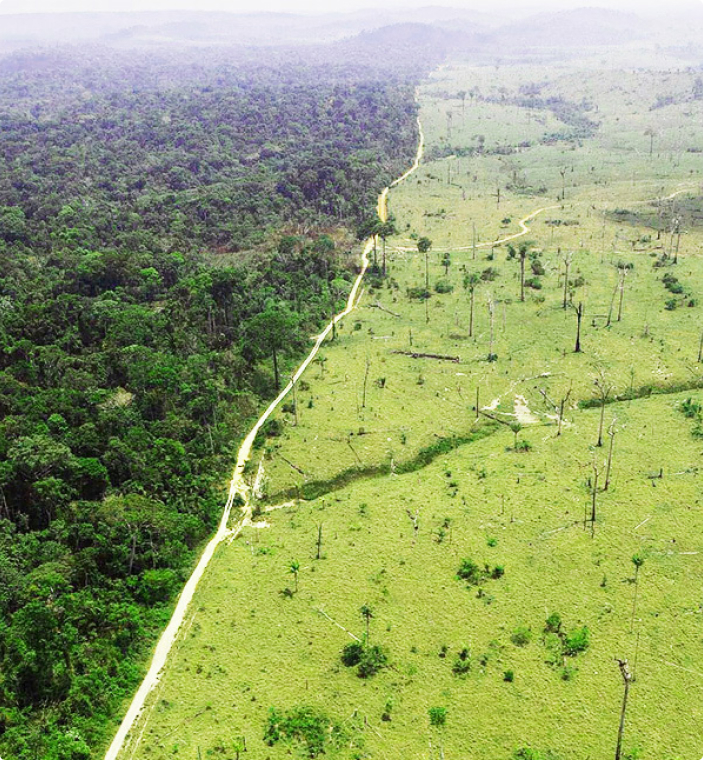
Halting tropical deforestation and allowing for regrowth could mitigate up to 50% of net global emissions through 2050. But stopping deforestation doesn’t just prevent emissions. Studies have shown that halting tropical deforestation and allowing for regrowth could mitigate up to 50% of net global carbon emissions through 2050. By protecting rainforest habitat for endangered species, Rainforest protection prevents carbon emissions and safeguards the planet’s resilience to climate change. Our conservation partners have protected over 33 million acres and the carbon stored within. Our conservation partners have reduced the emissions equivalent to every passenger vehicle currently on the planet. And we are not slowing down.
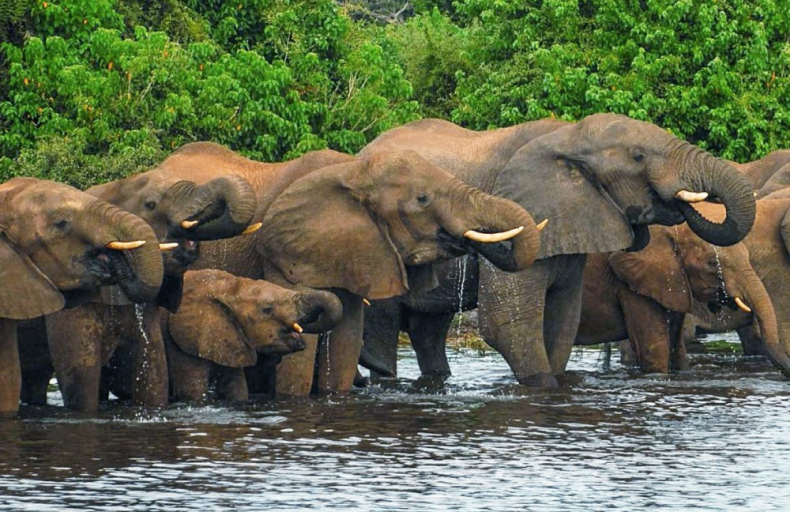

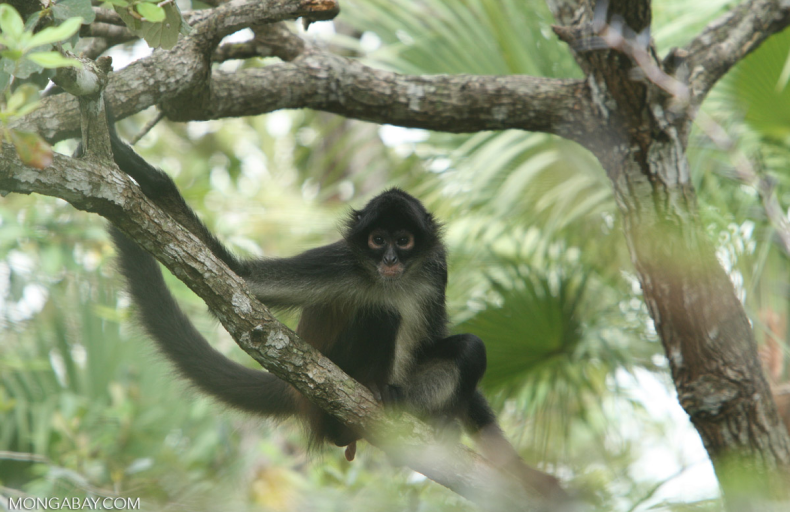

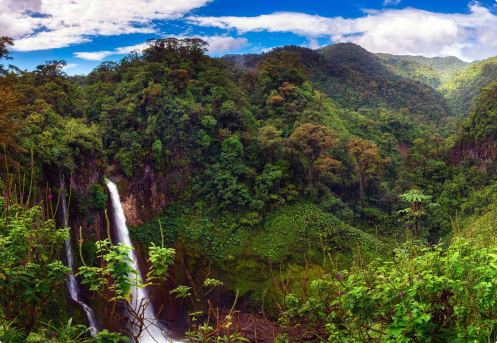
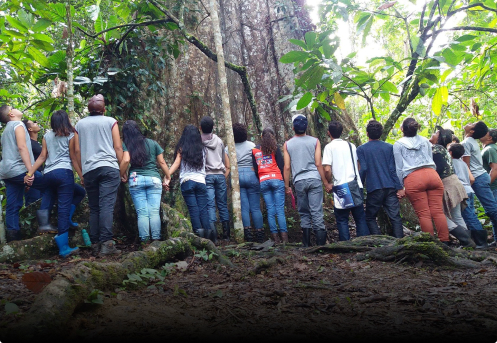

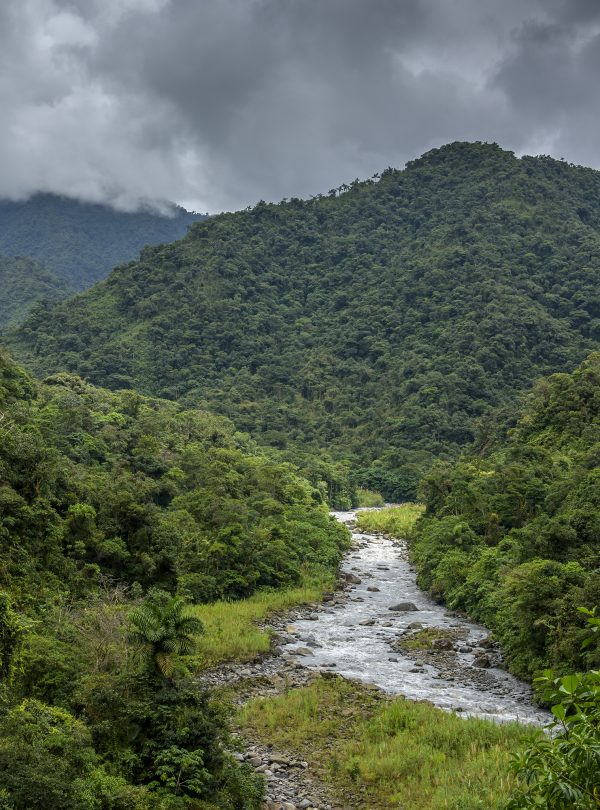













New science says land conservation must double by 2030 to prevent dangerous warming and unravelling of ecosystems.
RESOLVE, a non-profit group, recently published a new paper in Science Advances titled “A Global Deal For Nature: Guiding principles, milestones, and targets.”
This is the first science-based plan with clear milestones on why it’s vital to achieve these goals and how it could be done, says Eric Dinerstein, Director of Biodiversity and Wildlife Solutions at RESOLVE. It’s not widely understood that large areas of forests, grasslands, and other natural areas are needed to soak up carbon emissions, he adds. Intact forests, and especially tropical forests, sequester twice as much carbon as planted monocultures, for example.
“Every morsel of food, every sip of water, the air we breathe is the result of work done by other species. Nature gives us everything we need to survive,” says Enric Sala, a National Geographic Explorer-in-Residence and lead of the National Geographic Society’s work as part of the Campaign for Nature, a partnership with the Wyss Campaign for Nature to inspire the protection of 30 percent of the planet by 2030.
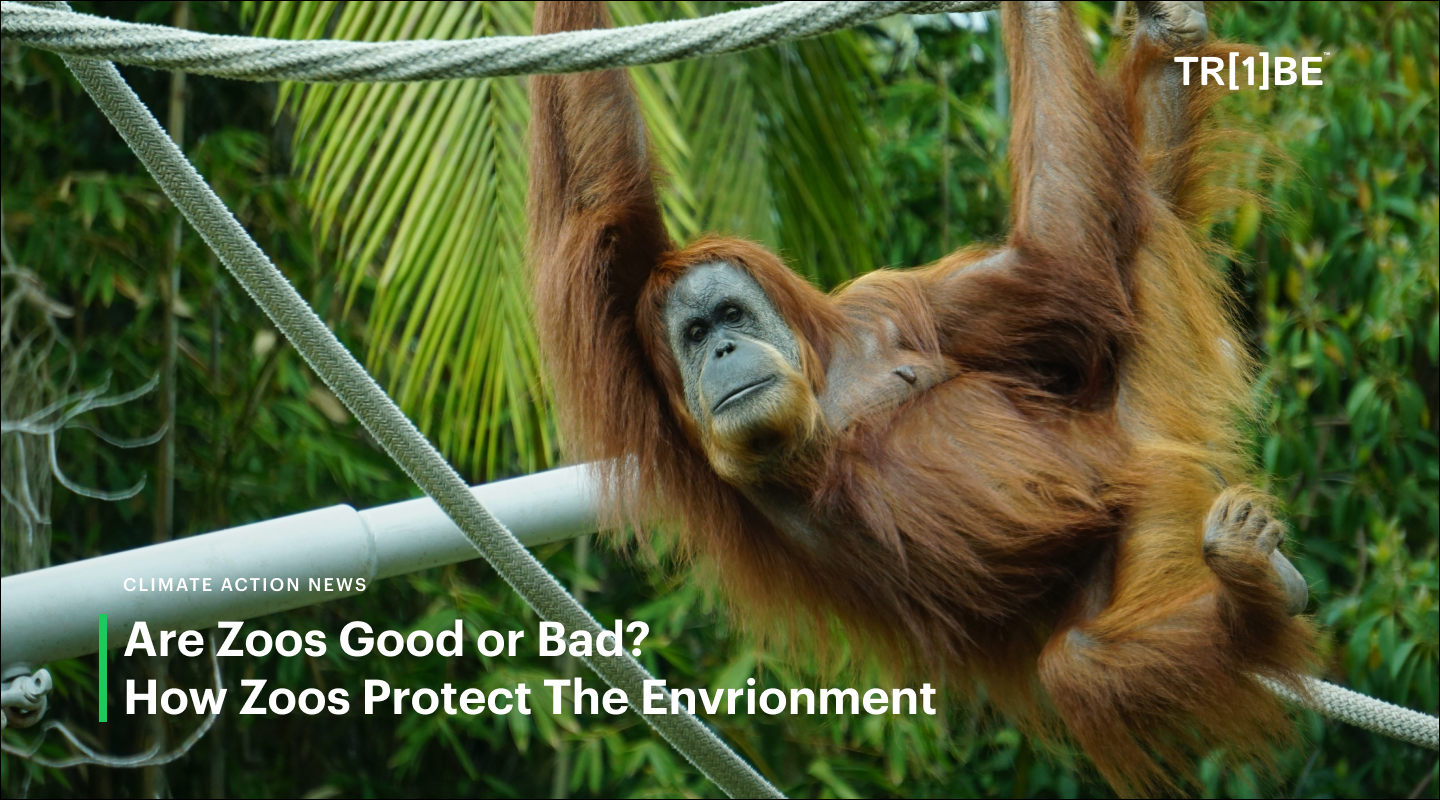
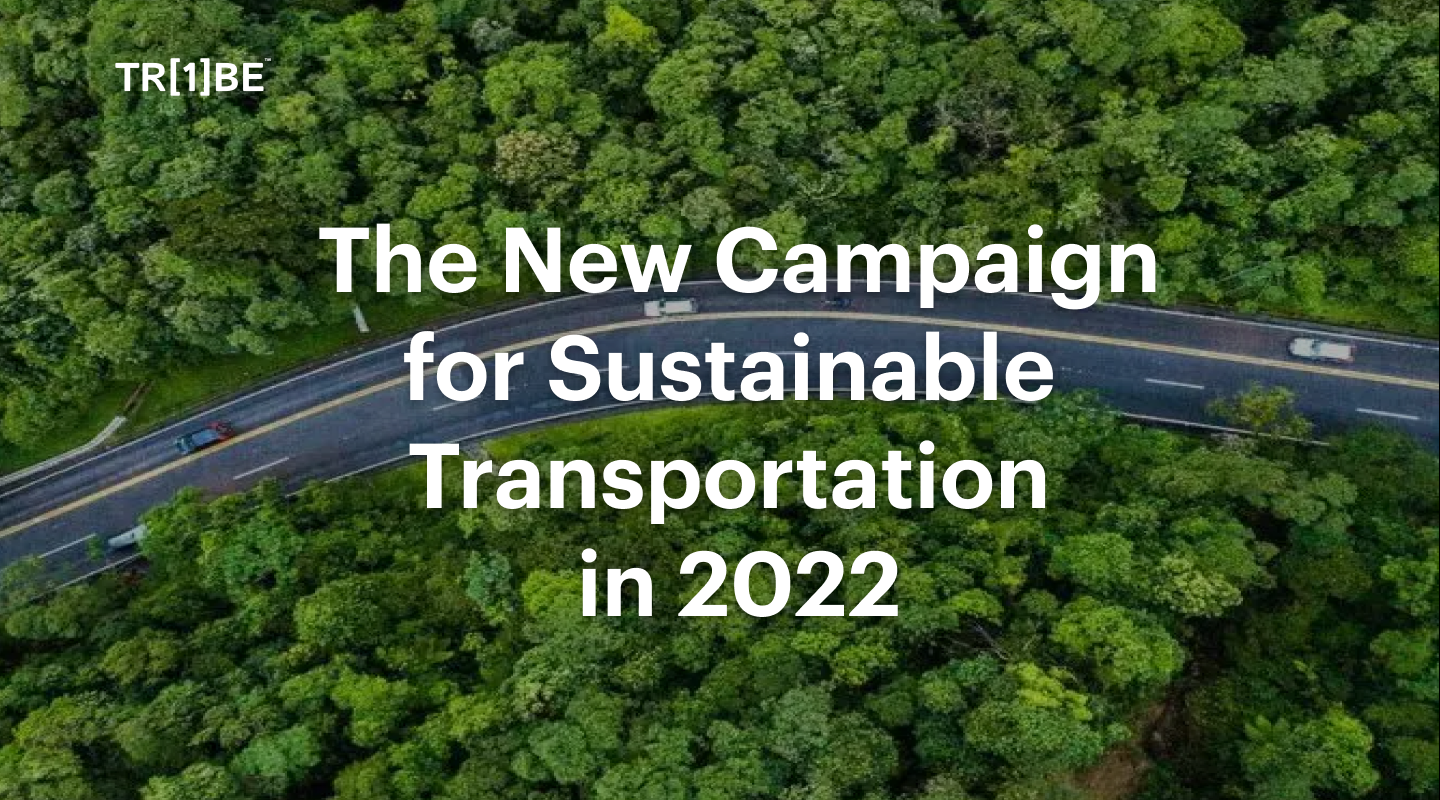

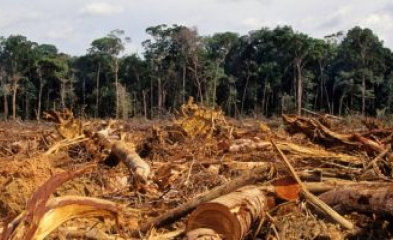








One Tribe is a Climate Action Platform enabling businesses and their customers to make a positive environmental impact.